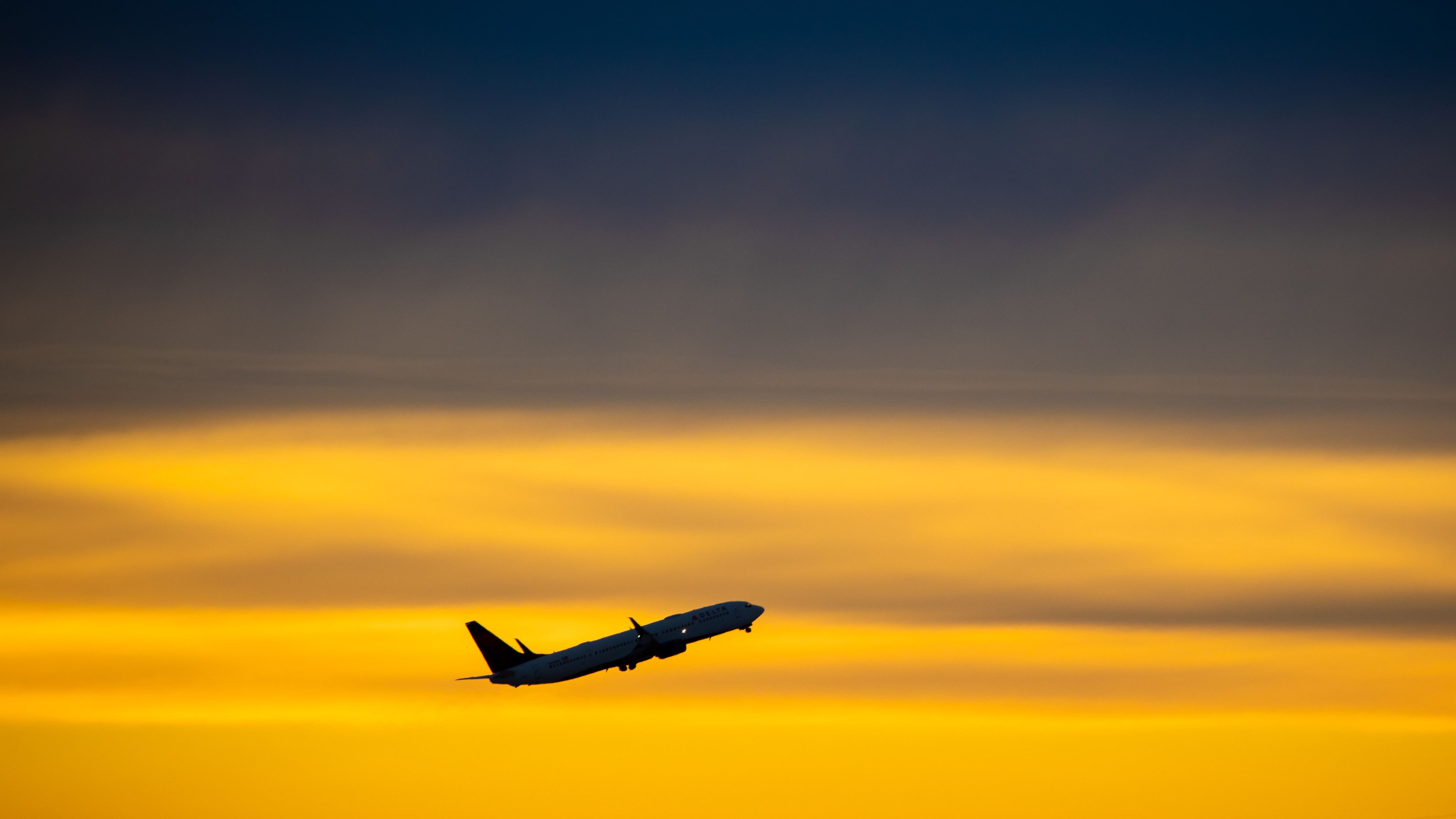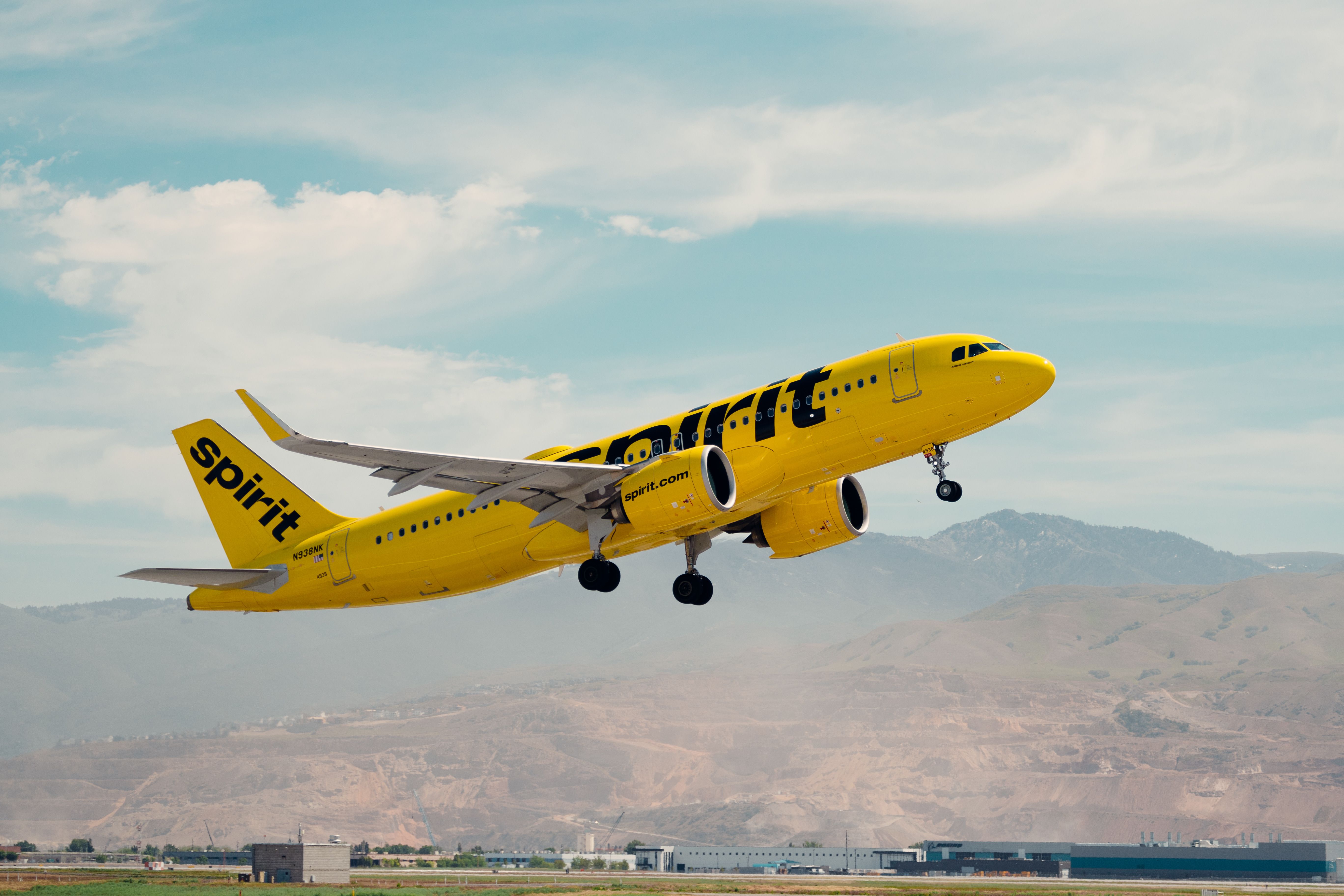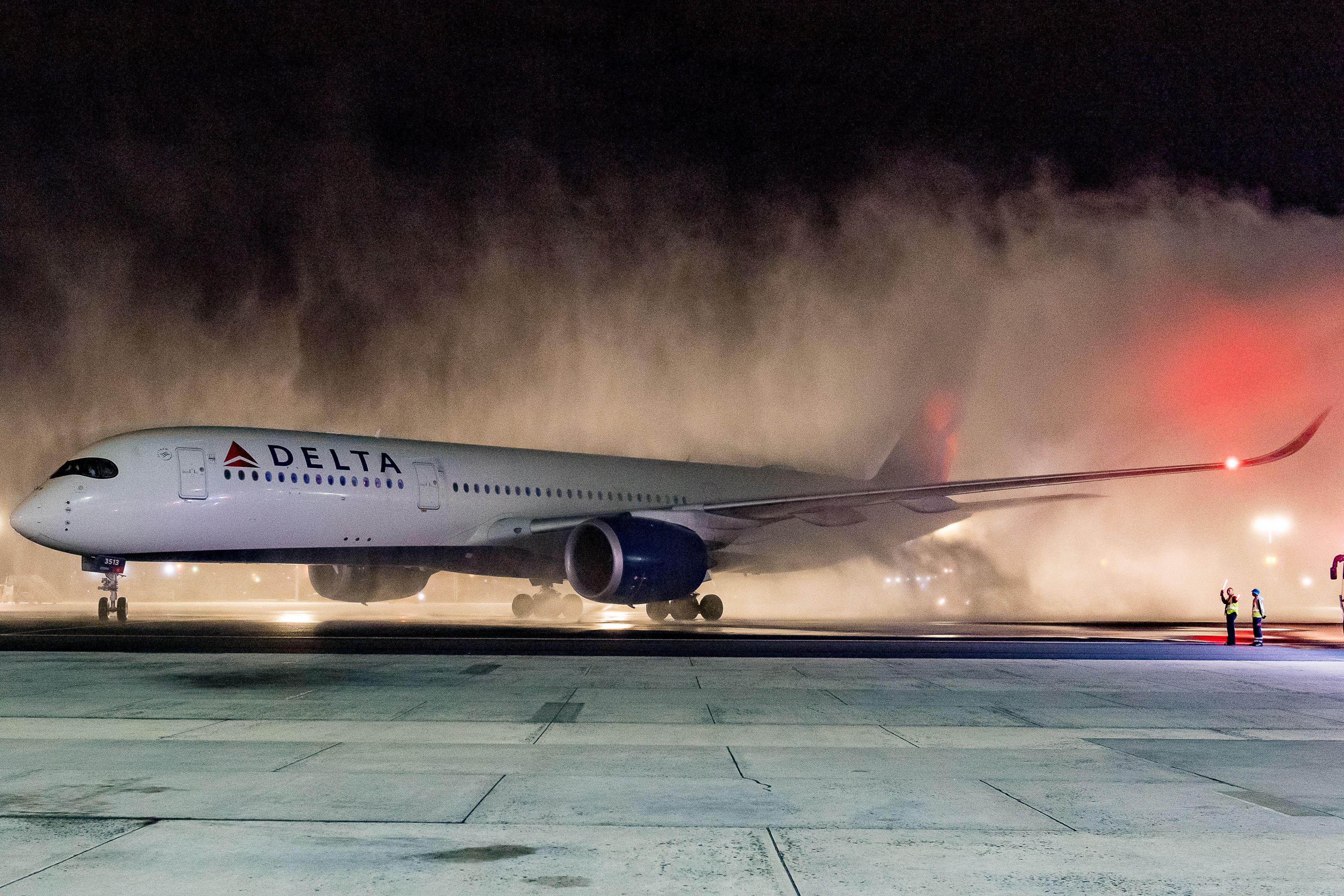Summary
- Airlines use triangle routes to increase the number of passengers on flights, especially on secondary routes with lower demand.
- Triangle routes offer more frequent service for customers but require waiting at the aircraft's second stop.
- Triangle routes help airlines maximize seat capacity and were expanded during COVID-19 to ensure continued service to smaller airports.
There are a variety of reasons airlines fly triangle routes. The term comes from the fact that the routes most often involve the aircraft making two stops along the way. The plane will take off from its hub city and fly to its first stop. After landing, the aircraft will offload passengers and take on new ones before heading to its second stop. Once there, the plane again unloads and loads before returning to the airport from where it originally departed.
Why fly such a pattern?
For the most part, airlines would always prefer to fly non-stop routes with full planes, but this is not always possible on secondary routes. Some cities do not have the population to make a direct non-stop route profitable. Serving three airports with a triangle route is one solution as it increases the number of passengers on the flight.
The customer's benefit is that triangle flights provide a more frequent service than would otherwise be available. On the downside for customers, passengers flying to the aircraft's second stop have to sit patiently and wait while people get off and on.
Please get the latest aviation news straight to your inbox: Sign up for our newsletters today.
Airlines also benefit as it helps them to carry more passengers by combining two thin routes into one. The downside of triangle routes is that it's hard to balance availability during peak travel periods like Thanksgiving and Christmas.
An easy way to fly on bigger aircraft
Triangle routes are often used when carriers are trying to maximize the number of seats sold on any given flight. For airlines that serve a large number of long-haul destinations, this generally involves widebody aircraft. To best utilize the seating capacity on these aircraft, carriers can add frequency between two distant destinations before returning the aircraft home.
This can be seen especially with carriers that serve multiple destinations in the same region. Delta Air Lines announced a South African triangle route last year. The route sees an Airbus A350-900 depart Atlanta for Johannesburg's O.R. Tambo International Airport (JNB). From there, the A350 will fly 2 hours and 20 minutes to Cape Town International Airport (CPT) before continuing home to Atlanta while still bearing the same flight number (DL25).
Have you heard the Simple Flying podcast recently?
This can even lead to unconventional routes for such large aircraft. An Ethiopian Airlines triangular routing sees the Boeing 777-200LR operate its shortest route of just 72 miles (116 km) on the link between Cameroon's Douala and Malabo in Equatorial Guinea.
COVID-19 expanded triangle routes
Airlines in the United States traditionally preferred to operate smaller aircraft on secondary routes to feed their hubs. Triangle routes, however, came back into fashion when the airlines asked the government for financial aid. As the number of people flying declined, airlines immediately scaled back their operations by cutting flights and frequencies. There was a worry that airlines would stop flying to smaller airports in rural areas because of the lack of passengers.
Lawmakers in Washington saw this as being highly likely, so they put a provision in the CARES Act to make sure airlines receiving government aid could not drop routes. The stipulation said that any airline receiving government support had to continue flying to all markets it served before the pandemic. Several airlines accepted the provision and introduced a variety of triangle routes to ensure that airports could still be served when ensuring planes remained full.
Have you flown on a triangle flight recently? If so, please tell us what you thought about it in the comments.



